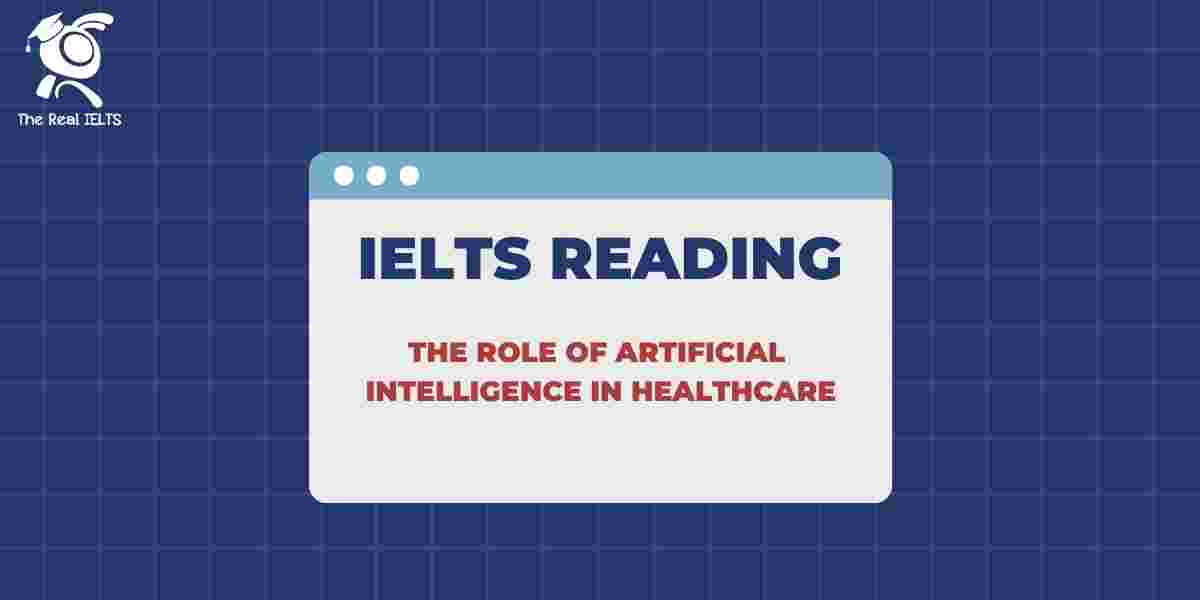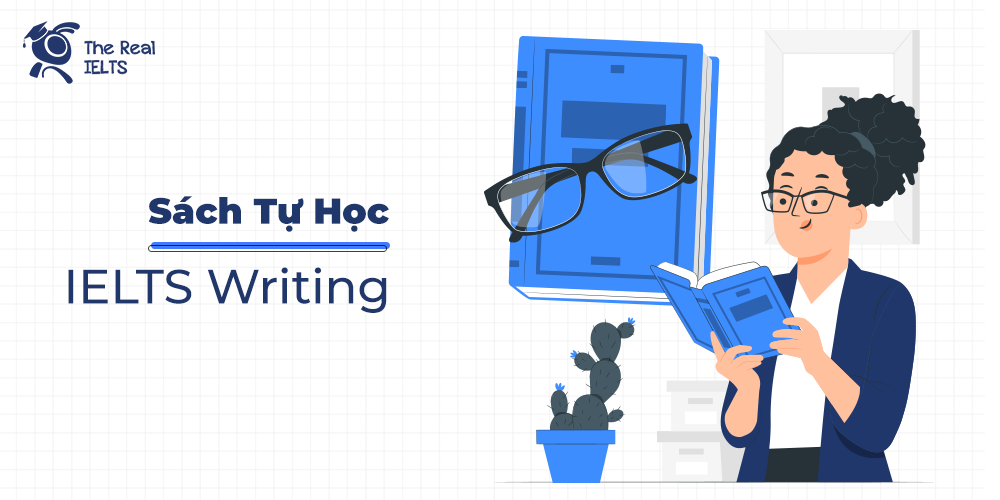Đề thi IELTS Reading có tiêu đề “The History of Human Rights Movements”
Nhớ đọc thêm các bài luyện thi IELTS nhé.
IELTS Reading “The History of Human Rights Movements“
The History of Human Rights Movements
Human rights, as a concept, have a long and complex history, rooted in various cultural, religious, and philosophical traditions across the globe. The modern human rights movement, however, can be traced back to key moments in history that shaped our understanding of these fundamental rights.
One of the earliest influences on the development of human rights was the Magna Carta, signed in 1215 by King John of England. Although primarily a document of feudal law, it contained provisions that limited the powers of the king and established certain legal rights for the free men of England, such as protection from illegal imprisonment and access to swift justice. The Magna Carta is often cited as a foundational text in the history of constitutional governance and the protection of individual rights.
Another significant milestone was the Enlightenment period in the 17th and 18th centuries. This era was characterized by the emergence of new ideas about individual liberty, equality, and the role of government. Philosophers like John Locke, Jean-Jacques Rousseau, and Voltaire challenged the traditional authority of monarchs and the Church, arguing that all individuals were born with certain inalienable rights. Locke’s ideas, particularly those concerning natural rights to life, liberty, and property, heavily influenced the development of modern political thought and the eventual drafting of significant documents like the United States Declaration of Independence and the French Declaration of the Rights of Man and of the Citizen.
The late 18th and early 19th centuries saw these ideas take root in revolutionary movements. The American Revolution (1775-1783) and the French Revolution (1789-1799) were pivotal events that sought to overthrow oppressive regimes and establish societies based on the principles of liberty and equality. The American Declaration of Independence, adopted in 1776, proclaimed that “all men are created equal” and are endowed with “certain unalienable Rights,” among them “Life, Liberty and the pursuit of Happiness.” Similarly, the French Declaration of the Rights of Man and of the Citizen, adopted in 1789, affirmed that “men are born and remain free and equal in rights.”
These revolutionary documents were groundbreaking in their assertion of individual rights, but they were not without limitations. Notably, these rights were often restricted to white men, excluding women, slaves, and indigenous peoples from the full benefits of liberty and equality. This exclusion highlighted the need for further struggle and advocacy, leading to subsequent movements for the rights of these marginalized groups.
The 19th and early 20th centuries witnessed significant advancements in the human rights movement, particularly with the abolition of slavery and the push for women’s rights. The abolitionist movement, which gained momentum in the late 18th century, sought to end the transatlantic slave trade and dismantle the institution of slavery in Europe and the Americas. The movement was fueled by moral arguments, religious convictions, and the testimonies of former slaves. The eventual abolition of slavery, marked by legislative acts like the British Slavery Abolition Act of 1833 and the U.S. Emancipation Proclamation of 1863, represented a major victory for human rights advocates, though the struggle for racial equality would continue for many decades.
At the same time, the women’s rights movement began to take shape, with activists advocating for legal and social equality for women. The 19th-century women’s suffrage movement was particularly prominent, with figures like Susan B. Anthony, Elizabeth Cady Stanton, and Emmeline Pankhurst leading the charge for women’s right to vote. Their efforts culminated in significant victories, such as the passage of the 19th Amendment to the U.S. Constitution in 1920, which granted American women the right to vote, and similar suffrage laws in other countries.
The atrocities of World War II marked a turning point in the global human rights movement. The systematic genocide of six million Jews, along with the persecution of other minority groups, shocked the world and underscored the need for a universal framework to protect human rights. In response, the United Nations was established in 1945, with one of its primary goals being the promotion of human rights. In 1948, the UN General Assembly adopted the Universal Declaration of Human Rights (UDHR), a landmark document that articulated the fundamental rights and freedoms to which all human beings are entitled, regardless of race, religion, gender, or nationality.
The UDHR laid the groundwork for subsequent international human rights treaties and conventions, such as the International Covenant on Civil and Political Rights and the International Covenant on Economic, Social, and Cultural Rights, both of which were adopted in 1966. These instruments expanded on the principles of the UDHR and established legally binding obligations for signatory states to respect and protect the rights of their citizens.
In the decades following the adoption of the UDHR, the human rights movement has continued to evolve, addressing new challenges and expanding its focus to include issues such as racial discrimination, gender equality, indigenous rights, and the rights of refugees and migrants. The civil rights movement in the United States, led by figures like Martin Luther King Jr., sought to end racial segregation and discrimination against African Americans, culminating in the passage of landmark legislation like the Civil Rights Act of 1964 and the Voting Rights Act of 1965.
Similarly, the global feminist movement has continued to fight for gender equality, challenging issues like gender-based violence, reproductive rights, and the wage gap. The LGBTQ+ rights movement, which gained momentum in the late 20th century, has also made significant strides in advocating for the rights of sexual minorities, leading to the decriminalization of homosexuality in many countries and the legalization of same-sex marriage in several nations.
Despite these advancements, the struggle for human rights is ongoing, with new challenges emerging in the 21st century. Issues like digital privacy, climate justice, and the rights of displaced populations have become increasingly prominent in the global human rights discourse. As the world becomes more interconnected, the need for a robust and inclusive human rights framework is more crucial than ever.
In conclusion, the history of human rights movements is a testament to the enduring human quest for dignity, equality, and justice. From the Magna Carta to the Universal Declaration of Human Rights, and from the abolition of slavery to the fight for LGBTQ+ rights, these movements have shaped the course of history and continue to inspire generations to come. While significant progress has been made, the journey towards universal human rights is far from complete, and the ongoing efforts of activists, governments, and civil society are essential in ensuring that these rights are upheld for all people, everywhere.
Đề bài thi IELTS Reading
Multiple Choice (Câu hỏi trắc nghiệm)
- Which document is often cited as a foundational text in the history of constitutional governance?
- A. The Universal Declaration of Human Rights
- B. The Magna Carta
- C. The French Declaration of the Rights of Man and of the Citizen
- D. The U.S. Declaration of Independence
- Who was a key philosopher during the Enlightenment period?
- A. Martin Luther King Jr.
- B. Jean-Jacques Rousseau
- C. Susan B. Anthony
- D. Emmeline Pankhurst
- The American Declaration of Independence was adopted in which year?
- A. 1215
- B. 1789
- C. 1948
- D. 1776
- Which movement focused on ending the transatlantic slave trade?
- A. The civil rights movement
- B. The abolitionist movement
- C. The feminist movement
- D. The LGBTQ+ rights movement
- The Universal Declaration of Human Rights was adopted in:
- A. 1945
- B. 1948
- C. 1966
- D. 1920
- The women’s suffrage movement led to the passage of the 19th Amendment in:
- A. 1776
- B. 1833
- C. 1920
- D. 1964
- What was a key outcome of World War II concerning human rights?
- A. The abolition of slavery
- B. The establishment of the United Nations
- C. The end of colonialism
- D. The start of the Enlightenment
- Which document declared that “all men are created equal”?
- A. The Magna Carta
- B. The Universal Declaration of Human Rights
- C. The U.S. Declaration of Independence
- D. The French Declaration of the Rights of Man and of the Citizen
- Which movement is associated with Martin Luther King Jr.?
- A. The abolitionist movement
- B. The feminist movement
- C. The civil rights movement
- D. The LGBTQ+ rights movement
- What does the term “inalienable rights” refer to in the context of the Enlightenment?
- A. Rights granted by the government
- B. Rights that cannot be taken away
- C. Rights specific to certain groups
- D. Rights dependent on social status
True/False/Not Given (Xác định thông tin)
- The Magna Carta was originally intended to establish human rights for all people.
- True
- False
- Not Given
- The Enlightenment philosophers believed that individual rights were granted by monarchs.
- True
- False
- Not Given
- The French Declaration of the Rights of Man and of the Citizen granted women the right to vote.
- True
- False
- Not Given
- The abolition of slavery in the British Empire was achieved in the 18th century.
- True
- False
- Not Given
- The civil rights movement in the United States was inspired by the Universal Declaration of Human Rights.
- True
- False
- Not Given
- The Universal Declaration of Human Rights was created in response to the atrocities of World War I.
- True
- False
- Not Given
- The LGBTQ+ rights movement began before World War II.
- True
- False
- Not Given
- The women’s rights movement primarily focused on achieving equal pay.
- True
- False
- Not Given
- The Magna Carta was signed in the 12th century.
- True
- False
- Not Given
- The United Nations was established after the adoption of the Universal Declaration of Human Rights.
- True
- False
- Not Given
Yes/No/Not Given (Quan điểm của tác giả)
- The author believes that the Magna Carta is still relevant today.
- Yes
- No
- Not Given
- The author agrees that all revolutionary documents completely upheld the rights of all people.
- Yes
- No
- Not Given
- The author suggests that the human rights movement is unnecessary in the 21st century.
- Yes
- No
- Not Given
- The author believes that the Universal Declaration of Human Rights was a turning point in global human rights.
- Yes
- No
- Not Given
- The author implies that the abolitionist movement was the most successful human rights movement.
- Yes
- No
- Not Given
Matching Information (Nối thông tin)
- Match the following movements with their key goals:
- A. Abolitionist Movement
- B. Women’s Suffrage Movement
- C. Civil Rights Movement
- D. LGBTQ+ Rights Movement
i. Achieving the right to vote for women
ii. Ending racial segregation and discrimination
iii. Legalization of same-sex marriage
iv. Ending the transatlantic slave trade
- Match the following documents with their associated principles:
- A. Magna Carta
- B. Universal Declaration of Human Rights
- C. U.S. Declaration of Independence
- D. French Declaration of the Rights of Man and of the Citizen
i. “All men are created equal”
ii. Limiting the power of the king
iii. “Life, liberty, and the pursuit of happiness”
iv. Universal protection of human rights
Matching Headings (Nối tiêu đề với đoạn văn)
- Match the following headings with the paragraphs in the passage:
- A. The Roots of Human Rights
- B. Enlightenment and Revolutionary Ideas
- C. The Abolition of Slavery
- D. The Establishment of the United Nations
- Match the following headings with the paragraphs in the passage:
- A. Women’s Rights Movement
- B. Impact of World War II
- C. The Rise of Modern Human Rights
- D. The Continuing Struggle for Equality
Matching Features (Nối đặc điểm)
- Match the following historical figures with their associated movements:
- A. John Locke
- B. Susan B. Anthony
- C. Martin Luther King Jr.
- D. Emmeline Pankhurst
i. Enlightenment thinker
ii. Women’s suffrage leader
iii. Civil rights leader
iv. Abolitionist activist
Matching Sentence Endings (Nối phần kết câu)
- Complete the following sentences with the correct endings:
- The Magna Carta is significant because…
- A. it granted voting rights to women.
- B. it established universal human rights.
- C. it limited the powers of the king.
- D. it abolished slavery.
- The Magna Carta is significant because…
- The Enlightenment period contributed to human rights by… – A. promoting ideas of liberty and equality. – B. ending the transatlantic slave trade. – C. advocating for digital privacy rights. – D. establishing the United Nations.
- The Universal Declaration of Human Rights was created to… – A. address the horrors of World War II. – B. end racial segregation in the U.S. – C. promote gender equality worldwide. – D. legalize same-sex marriage globally.
Sentence Completion (Hoàn thành câu)
- The Enlightenment period is known for challenging the authority of __________.
- A. monarchs
- B. governments
- C. religious institutions
- D. philosophers
- The American Declaration of Independence claims that all men are endowed with __________ rights.
- A. social
- B. alienable
- C. legal
- D. unalienable
- The Universal Declaration of Human Rights was adopted by the UN General Assembly in __________.
- A. 1945
- B. 1948
- C. 1966
- D. 1776
Summary Completion (Hoàn thành tóm tắt)
- The Magna Carta, signed in 1215, is often seen as a foundational document in the history of __________. It established certain legal rights for __________ men, such as protection from illegal imprisonment.
- The Universal Declaration of Human Rights, adopted in __________, was a response to the atrocities of World War II. It laid the groundwork for international human rights treaties that expanded on its __________.
Diagram Label Completion (Hoàn thành nhãn của sơ đồ)
- Complete the labels for the diagram showing the timeline of human rights movements with the following:
- A. Magna Carta
- B. Universal Declaration of Human Rights
- C. U.S. Declaration of Independence
- D. Abolition of Slavery
Short Answer Questions (Câu hỏi trả lời ngắn)
- What was the primary motivation behind the establishment of the United Nations?
- (Write your answer below)
Đáp án bài thi IELTS Reading
Multiple Choice (Câu hỏi trắc nghiệm)
- B. The Magna Carta
- B. Jean-Jacques Rousseau
- D. 1776
- B. The abolitionist movement
- B. 1948
- C. 1920
- B. The establishment of the United Nations
- C. The U.S. Declaration of Independence
- C. The civil rights movement
- B. Rights that cannot be taken away
True/False/Not Given (Xác định thông tin)
- False (The Magna Carta was intended for free men, not all people.)
- False (Enlightenment philosophers believed that rights were inherent, not granted by monarchs.)
- False (The French Declaration did not grant women the right to vote.)
- False (The abolition of slavery in the British Empire occurred in the 19th century.)
- Not Given (The passage does not specifically state this.)
- False (The UDHR was a response to World War II, not World War I.)
- False (The passage indicates the LGBTQ+ rights movement gained momentum in the late 20th century.)
- False (The women’s rights movement focused on several issues, not just equal pay.)
- False (The Magna Carta was signed in 1215, which is the 13th century.)
- False (The United Nations was established before the adoption of the Universal Declaration of Human Rights.)
Yes/No/Not Given (Quan điểm của tác giả)
- Not Given (The author does not explicitly state this opinion.)
- No (The author mentions that these documents had limitations.)
- No (The author indicates that the struggle for human rights is ongoing.)
- Yes (The passage suggests the UDHR was a turning point in global human rights.)
- Not Given (The passage does not compare the success of different human rights movements.)
Matching Information (Nối thông tin)
i. B. Women’s Suffrage Movement
ii. C. Civil Rights Movement
iii. D. LGBTQ+ Rights Movement
iv. A. Abolitionist Movement
i. C. U.S. Declaration of Independence
ii. A. Magna Carta
iii. C. U.S. Declaration of Independence
iv. B. Universal Declaration of Human Rights
Matching Headings (Nối tiêu đề với đoạn văn)
- The Roots of Human Rights → A
- Enlightenment and Revolutionary Ideas → B
- The Abolition of Slavery → C
- The Establishment of the United Nations → D
- Women’s Rights Movement → A
- Impact of World War II → B
- The Rise of Modern Human Rights → C
- The Continuing Struggle for Equality → D
Matching Features (Nối đặc điểm)
i. A. John Locke
ii. B. Susan B. Anthony
iii. C. Martin Luther King Jr.
iv. Not mentioned in the passage (Emmeline Pankhurst was associated with the women’s suffrage movement, but the passage doesn’t state she was an abolitionist activist.)
Matching Sentence Endings (Nối phần kết câu)
- C. it limited the powers of the king.
- A. promoting ideas of liberty and equality.
- A. address the horrors of World War II.
Sentence Completion (Hoàn thành câu)
- A. monarchs
- D. unalienable
- B. 1948
Summary Completion (Hoàn thành tóm tắt)
- constitutional governance; free
- 1948; principles
Diagram Label Completion (Hoàn thành nhãn của sơ đồ)
- Magna Carta → A
- Universal Declaration of Human Rights → B
- U.S. Declaration of Independence → C
- Abolition of Slavery → D
Short Answer Questions (Câu hỏi trả lời ngắn)
- To promote human rights and prevent future atrocities similar to those seen in World War II.
Luyện tập bài khác ở bài viết:”100 bài luyện IELTS Reading 2024 – 2025“















